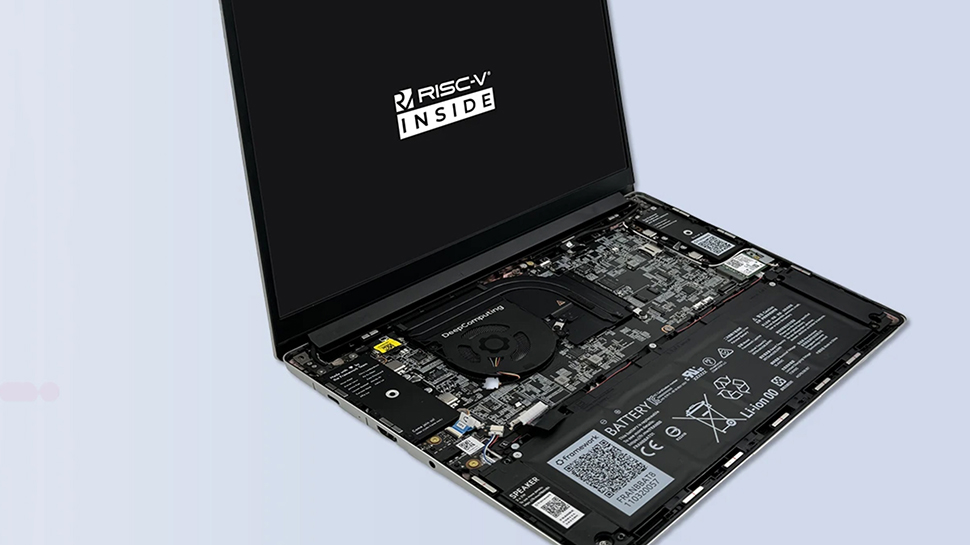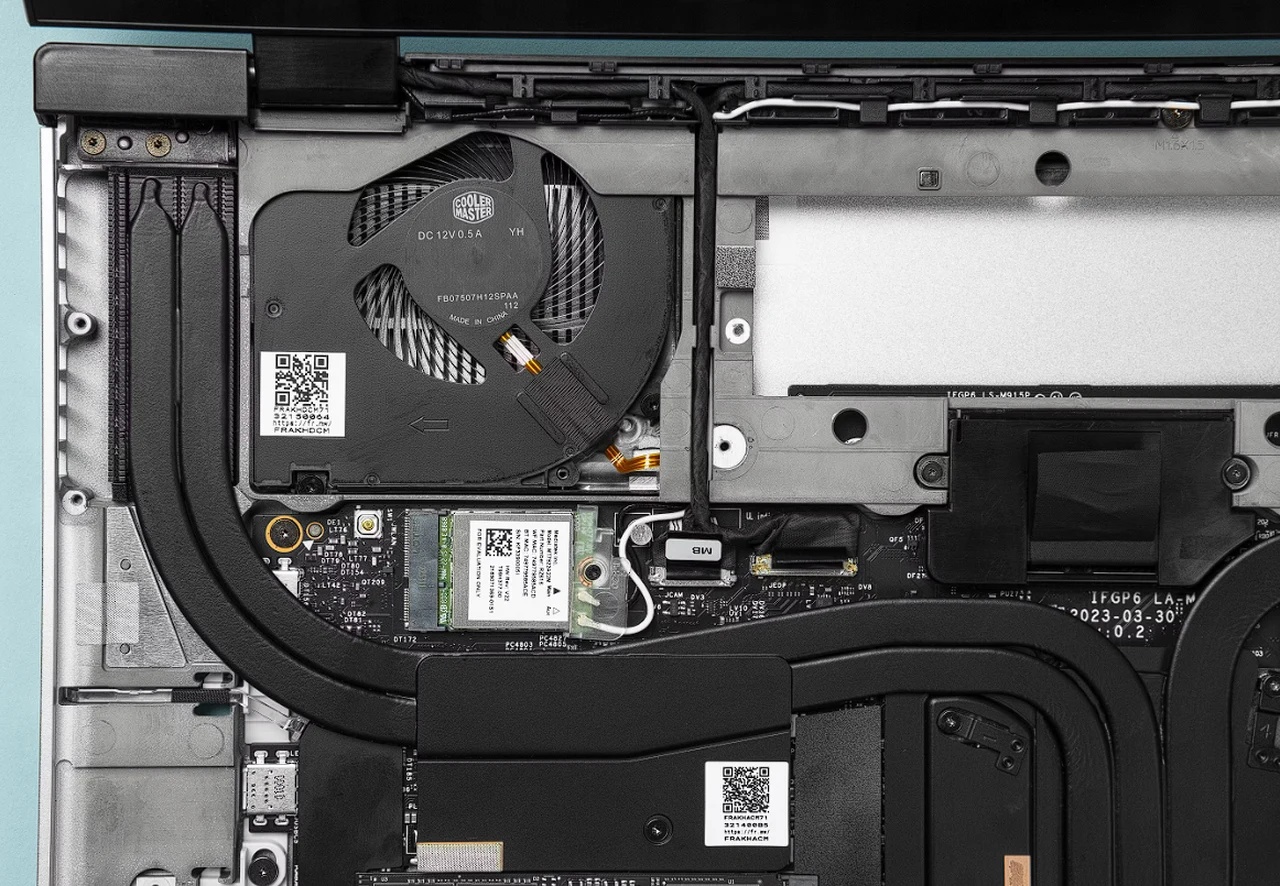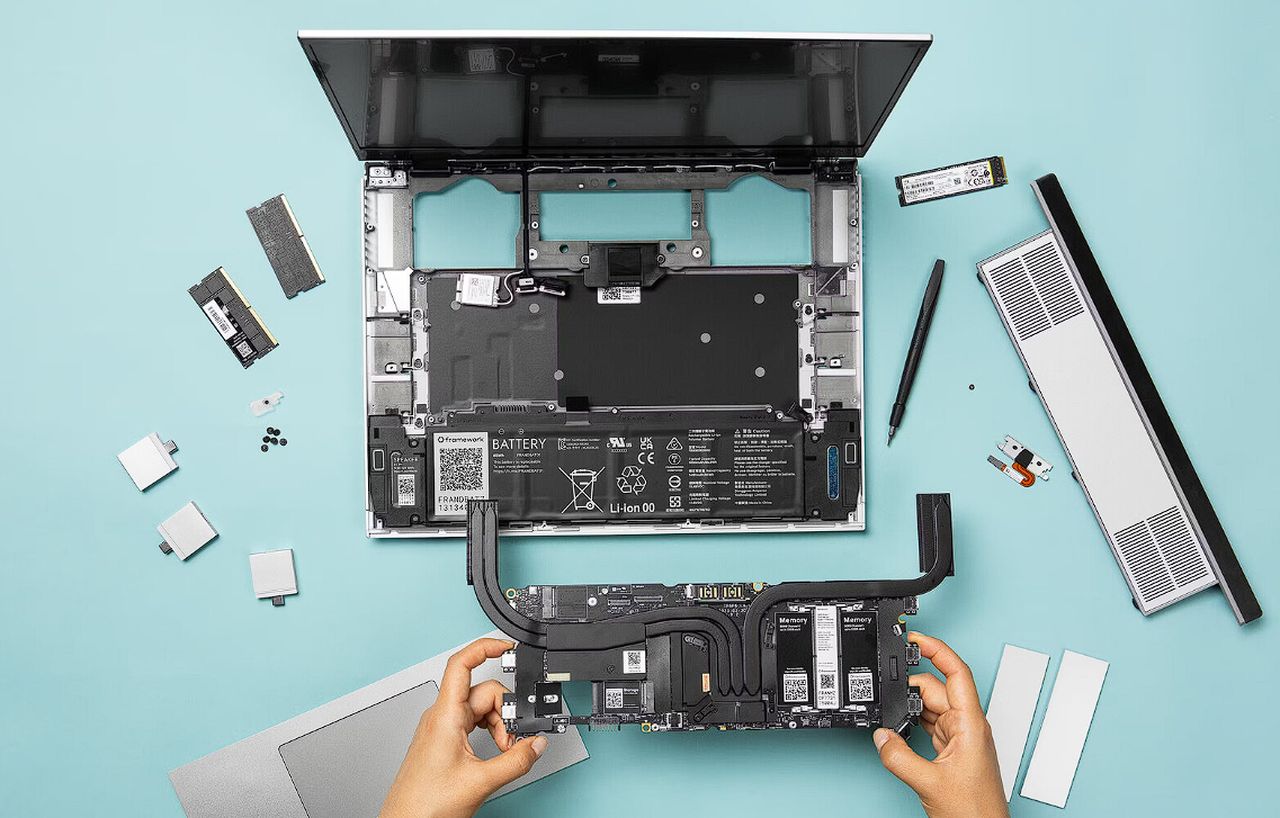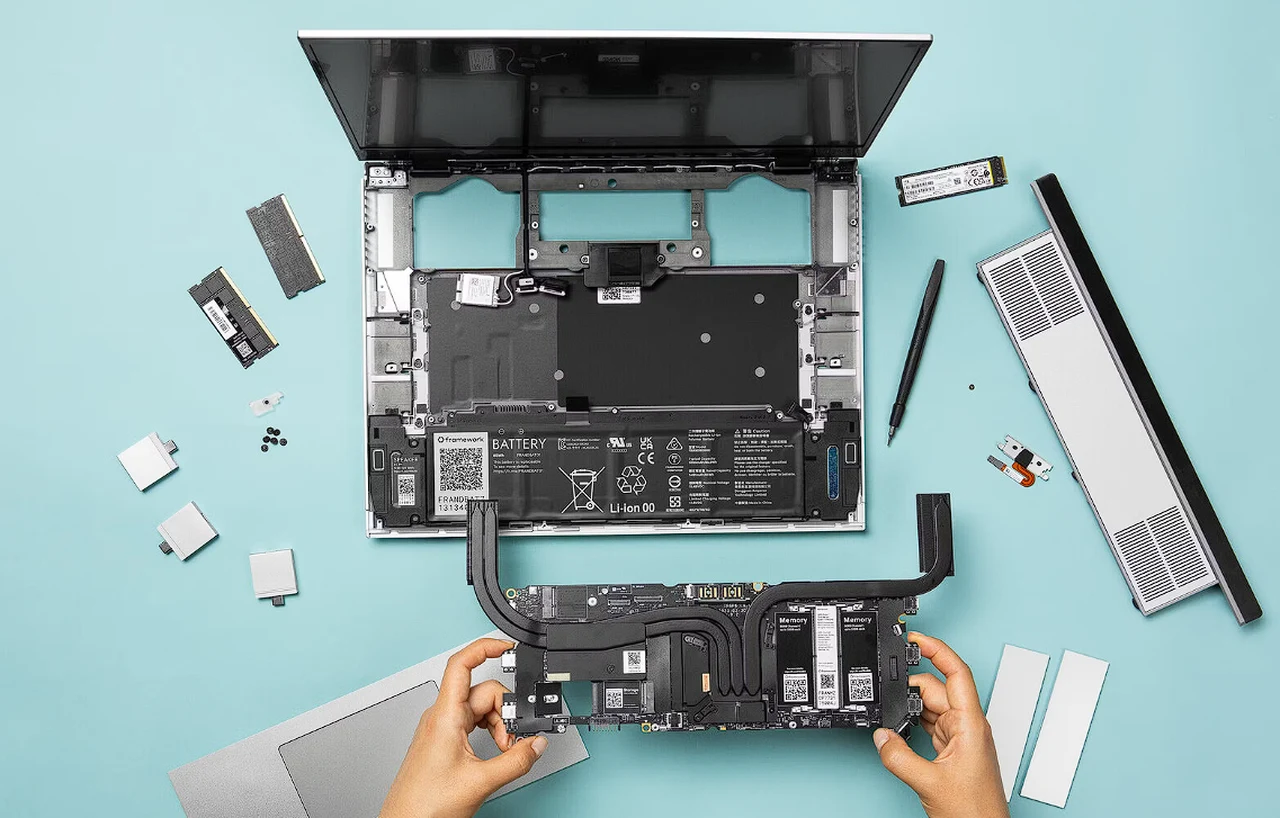[ad_1]

microsoft Los investigadores anunciaron el martes una nueva actualización del marco de coordinación AutoGen de la compañía. La actualización lleva el marco a la versión 0.4 y resuelve varias limitaciones en la iteración anterior. Los investigadores afirmaron que los comentarios de los usuarios indican que los desarrolladores quieren un mejor seguimiento y control sobre los agentes de IA creados con la herramienta, así como más flexibilidad en los patrones de colaboración entre múltiples agentes. AutoGen v0.4 soluciona estos problemas. En particular, la plataforma se dirige principalmente a organizaciones que desean automatizar el flujo de trabajo de modelos de lenguajes grandes (LLM).
Los investigadores de Microsoft actualizan el marco AutoGen
en un Publicación de blogel gigante tecnológico con sede en Redmond ha detallado la actualización AutoGen v0.4 y las nuevas funciones que ofrece ahora. Esta es una actualización importante que rediseña toda la biblioteca AutoGen, mejora la calidad del código, agrega más herramientas para hacer transparentes los procesos de pensamiento de los agentes de IA y mejora los escenarios en los que se pueden utilizar estos agentes.
AutoGen puede entenderse como un sistema de programación de código bajo que permite a los desarrolladores omitir partes importantes de la escritura de código para crear un agente autónomo impulsado por modelos de IA. El marco proporciona la base para la construcción. Agentes de inteligencia artificial Luego, las organizaciones pueden personalizarlo según sus requisitos.
Vale la pena señalar que AutoGen trabaja principalmente con agentes coordinadores. Los agentes orquestadores de IA son como administradores de un equipo de programas de IA. Coordinan y gestionan diferentes tareas o sistemas de IA para garantizar una coordinación fluida.
Los investigadores destacaron que las organizaciones y los desarrolladores exigieron un mejor control sobre los agentes de IA, una colaboración más flexible entre agentes y componentes reutilizables. Como resultado, AutoGen v0.4 ahora presenta una arquitectura asincrónica basada en eventos para abordar estos problemas.
AutoGen ahora puede crear agentes de IA que se comunican a través de mensajes asincrónicos y admiten respuestas basadas en interacción, así como solicitudes basadas en eventos. El cambio es posible gracias a componentes modulares y enchufables. Algunos componentes incluyen agentes personalizados, herramientas, memoria y modelos de IA.
Además, el marco actualizado también viene con herramientas integradas de seguimiento de métricas, seguimiento de mensajes y depuración que pueden ayudar a los desarrolladores a monitorear y controlar a los agentes de IA mejor que antes. También se agregó soporte para redes de agentes distribuidos para permitir a los usuarios crear agentes de IA para casos de uso más diversos.
Además, se realizaron dos mejoras adicionales para mejorar la usabilidad de los agentes creados con el marco. Primero, se agregó soporte para módulos de extensión de la comunidad para que los desarrolladores de código abierto puedan administrar y usar más extensiones. En segundo lugar, se ha agregado soporte en varios idiomas para permitir la interoperabilidad entre agentes de IA creados en diferentes lenguajes de programación. Actualmente es compatible con Python y .NET y se planea admitir más lenguajes en futuras actualizaciones.
[ad_2]
Source Article Link


















